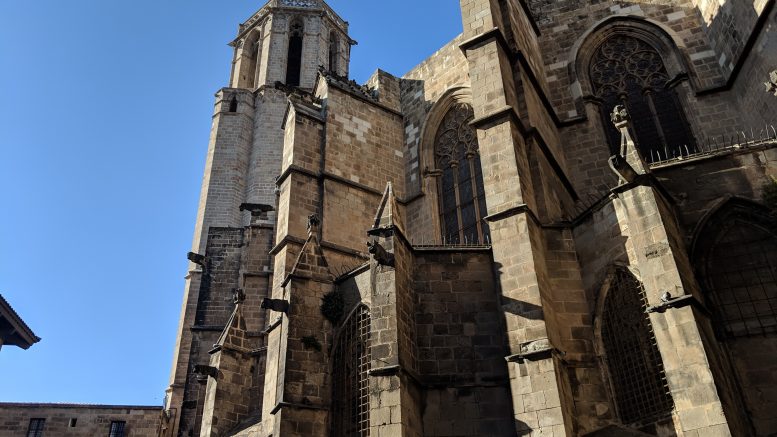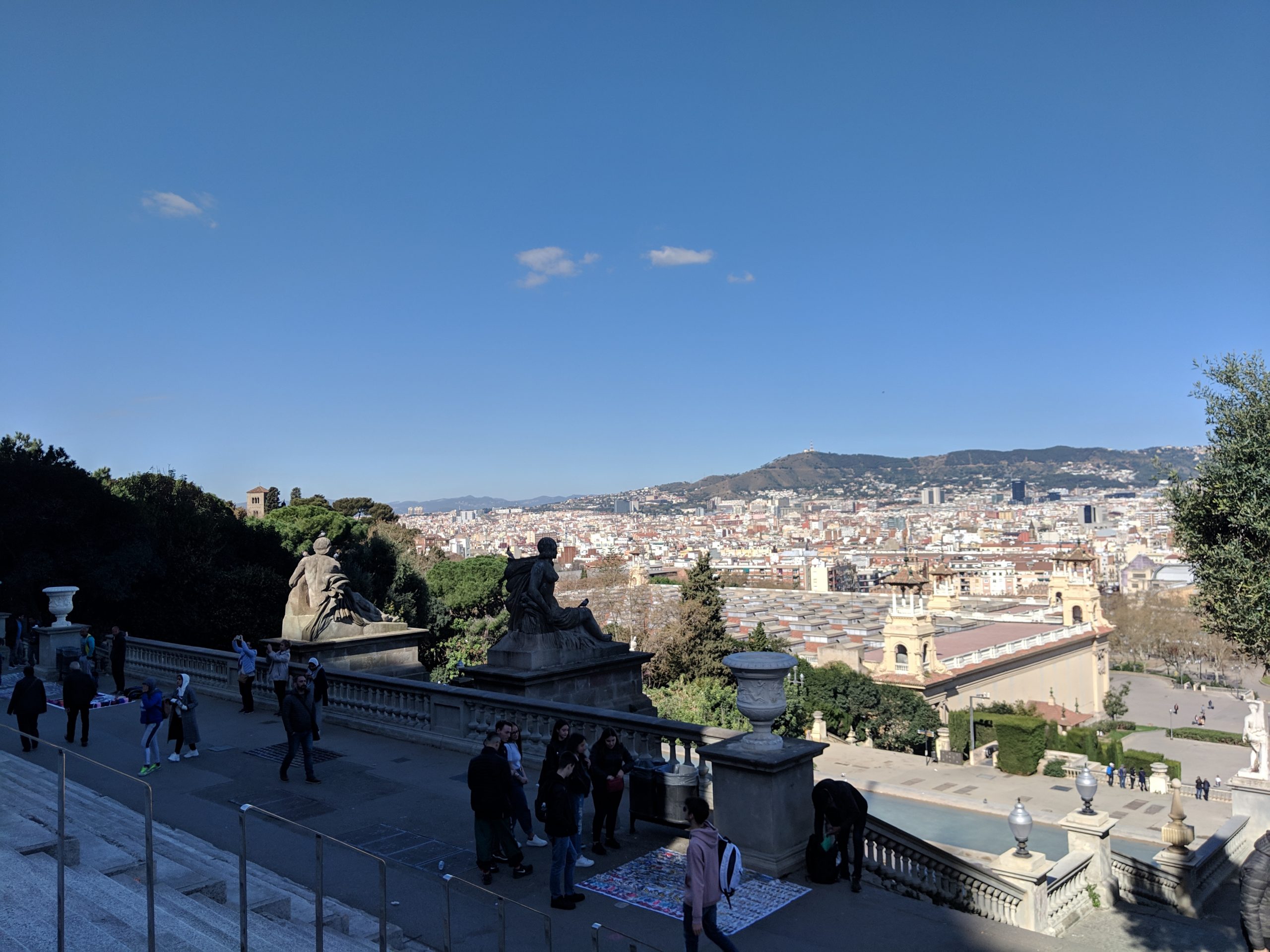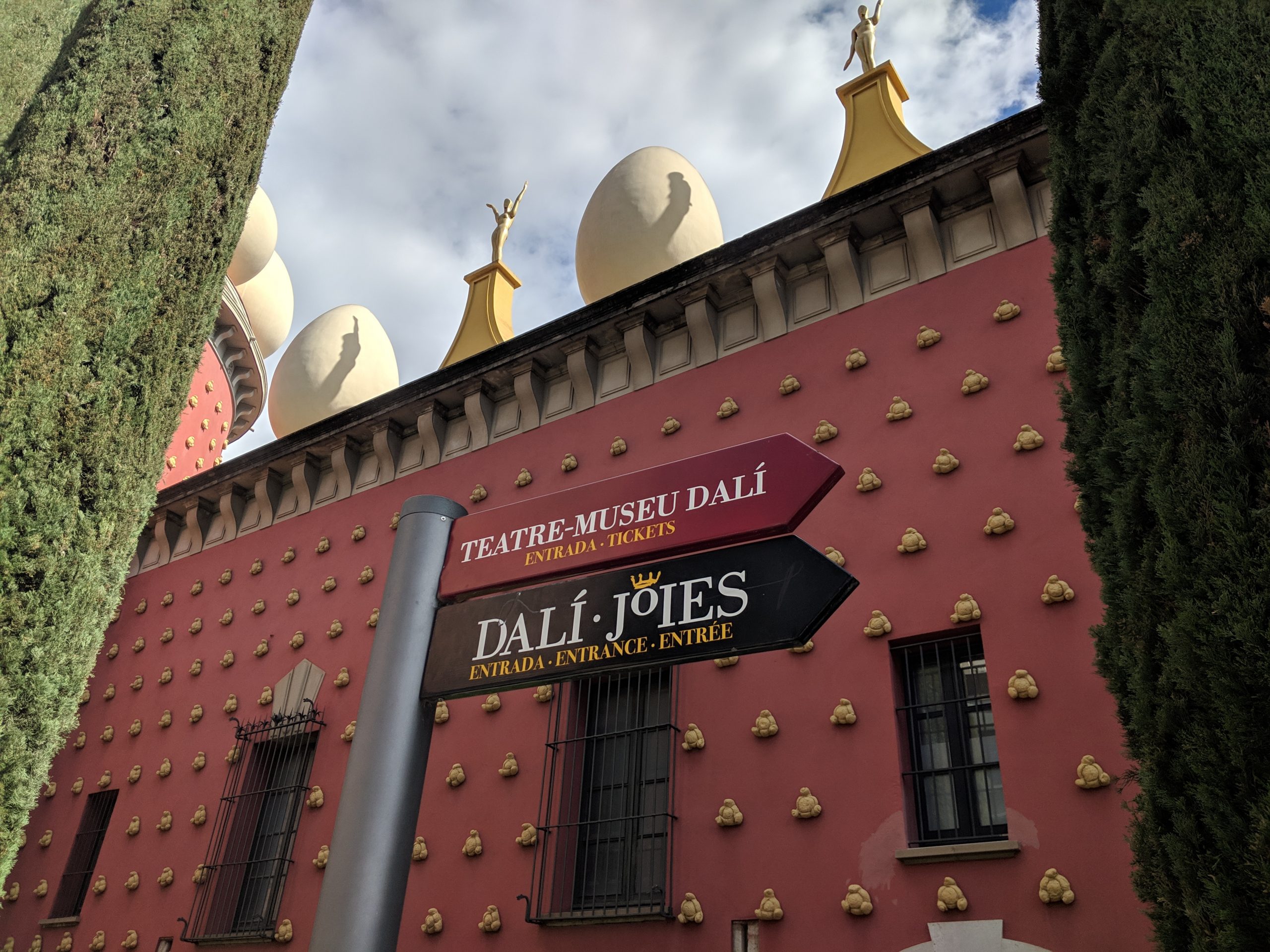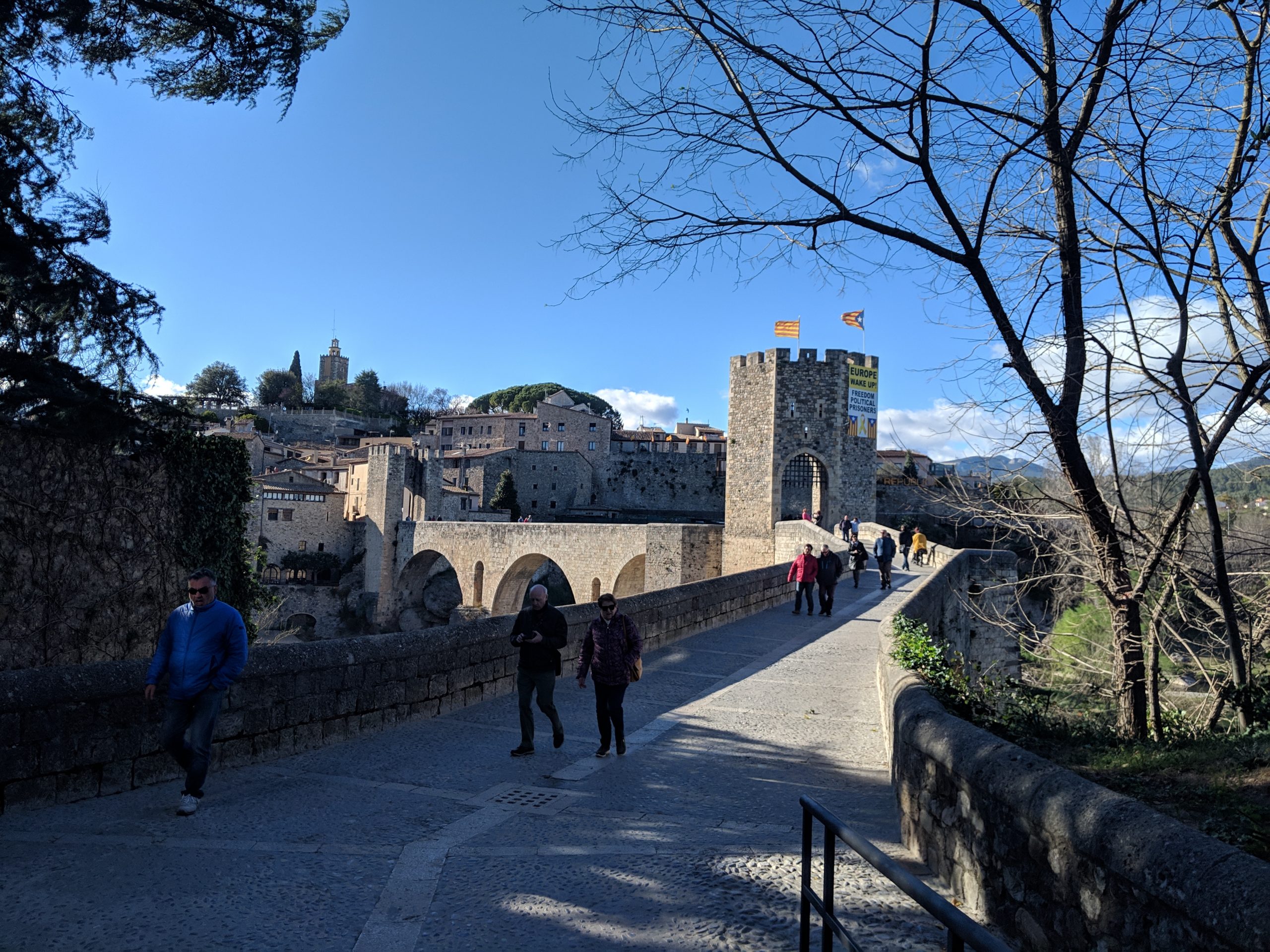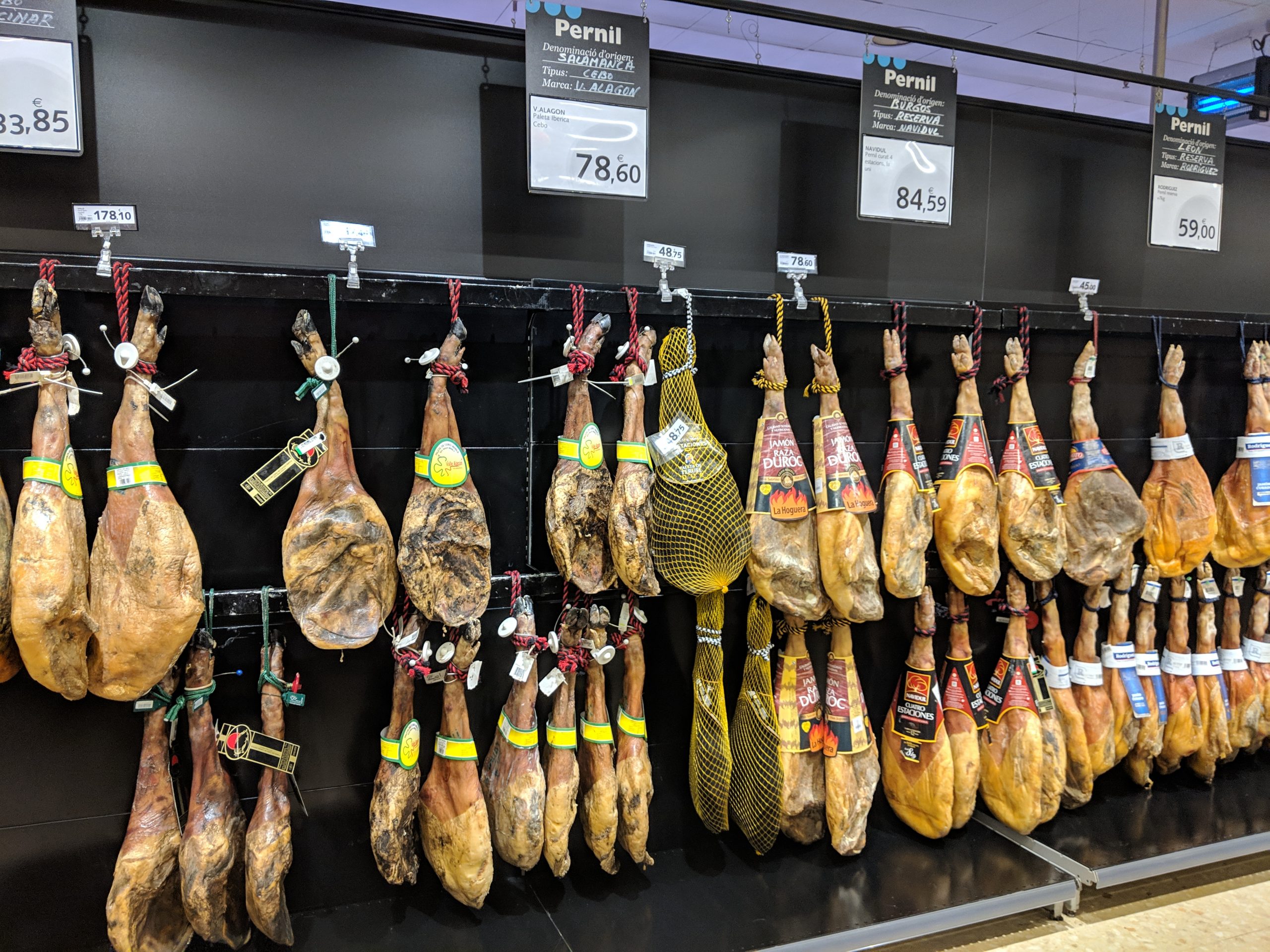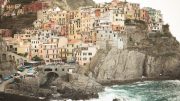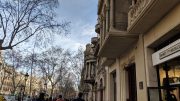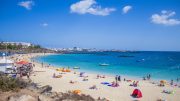After wanting to travel outside of the United States for most of my life, I was finally able to do it with a trip to Barcelona, Spain. Since this represented the first time abroad for me, I learned a lot. Here are some tips for a visit to Barcelona, Spain.
The main expenses for traveling anywhere by plane are the costs of the plane fare and lodging when you get there. The first thing that may be a surprise is that although Europe is much farther away than anything in the United States, travel within the United States for many East Coast destinations is much more expensive. Our flights, which were purchased two weeks before the flight, were only $523 US dollars round trip (for Economy). Contrast that with a flight to Florida, which can be $800 to $1000. The other thing is that once in Europe, travel between destinations is quite affordable. A quick search brought up flights from Barcelona to London which were only $30 euros.
Currency
Money is often something that people get nervous about when traveling abroad. The euro is the official currency of 19 of the 28 member states of the European Union. In Seattle, where we transferred, there is an a currency exchange office. Although you will pay slightly more due to fees in an airport than you will through a bank, it is convenient to know that you can exchange some currency and have euros in your pocket when you land. In Spain, right around the corner from our apartment, was an international ATM that allowed you to withdraw money from your US-based banks in the form of euros. There is even a taxi app that allows you to hail and pay for cabs using your bank account, to avoid having to transfer money in that way. Paying with euros is just like using dollars: they come in denominations just like dollars, except that $1 and $2 are coins.
The Flight
We flew to Seattle, Seattle to Amsterdam, and Amsterdam to Barcelona. It took 10 hours to get from Seattle to Amsterdam, which is the leg of the travel that worried me the most. Prior to that, a 6-hour flight was the longest flight I had done! The flight experience was surprising in a number of ways. First of all, we had stocked up on snacks and drinks while in the Seattle airport, because we didn’t realize how well they fed you on the flight. You receive a menu of three entrees to choose from at no charge, plus drinks (even beer and wine!) are also free. They gave us two meals each way plus snacks. They also passed out ear plugs, headphones, and an eye mask. (If you want to travel sustainably and create less waste, don’t take these.)
Pro tip: Love Barcelona so much you want to pack up and move to Spain from the USA? Immigration lawyers are experts in the many routes to obtaining citizenship, reviewing each application with the finest attention to detail. From language tests to costs involved, you’ll want to be prepared and organized and find the path that works best for you and your family.
I purchased a fairly expensive set ($179) of noise-canceling headphones because the idea of listening to plane noise for 10 hours, especially while trying to get any sleep at all, seemed very unpleasant. I am very glad I made this purchase and for an international flight I highly recommend that investment. The Bose headphones I got are battery operated and substantially cut down on the plane noise. If you do want to listen to music or watch an in-flight movie, the headphones work so that you can hear what you’re listening to quite clearly. Of course, wireless earbuds are pretty affordable now too and take up a lot less room. Some of the more expensive models of earbuds have noise-cancelling abilities.
There was also a lot of in-flight entertainment in the form of movies and TV shows and even some games (like what you would put on your phone) for entertainment. I watched a couple of movies and got up and walked around a bit (international flights are on large planes with aisles on both sides) and tried to sleep, and the time actually went by faster than I expected.
Language Barrier
Once we landed, we took a cab to our apartment, which was in the city of L’Hospitalet de Llobregat, about 20 minutes southwest of Barcelona. Its name means roughly “hospitality of the river Llobregat,” and derived from being a place of lodging hundreds of years ago. At first I thought this area was a neighborhood of Barcelona, but I came to understand that it is its own city. It is considered a suburb of Barcelona.
None of us spoke Spanish, and I only knew enough to order my morning espressos, so we were all nervous about the language barrier. Barcelona is part of Catalonia, which declared its independence from Spain in 2017, although that move was not recognized by the international community. Catalan identity is very strong, and in this region many people speak some English and some Spanish but mostly Catalan. The Catalan language is similar to Spanish and French, but not close enough for people who know those languages to be very useful. Signage is in both Catalan and Spanish.
I approached many transactions by asking “¿Habla inglés?” meaning “Do you speak English?” in Spanish, or “Parles anglès?” in Catalan. I wanted to at least attempt to speak the Spanish that I knew and respect their culture. When I spoke Spanish initially, they assumed that I knew Spanish and responded in Spanish in a way that was usually more than what I could understand. But if it got confusing I used my “Do you speak English?” phrases and we were always able to figure out what we needed to.
Google Translate, an app that you can download to a phone, is remarkably helpful. You can open the camera and hold it over something printed, like a newspaper or a menu, and it will provide on-the-spot translations. It can also translate speech using the microphone.
My travel companions booked a 2-bedroom apartment through AirBnB. That process worked just the same as it does here in the States. You look for your area, your size requirements and your price range. Since we had a toddler with us, we found a place that specifically mentioned having accommodations for a young child, such as a crib and high chair.
Jetlag
Jetlag was significant for all of us, considering the 9-hour time difference. We got to our apartment at 3pm and, I’m sure this was partly due to excitement, but I didn’t sleep until 3am, even though we had been traveling for 20 hours or so. Overcoming jetlag is difficult but taking a sleep supplement like melatonin can help, as can giving your body natural light during the daytime. When you land, try to get immediately on the new schedule as opposed to giving in to exhaustion and sleeping during the day, because then you’ll never get on the right schedule.
Transportation
There are abundant options for taking public transportation, but since we had a baby and a stroller, we opted to take cabs. Even though gas was expensive (about $5.50 per gallon), our cab rides were all under $20 for 20-minutes or so of driving.
We all wanted to see some specific things, including the Mediterranean Ocean (of course!), and a visit to Figueres, a town about an hour and a half away where the artist Salvador Dalí grew up. In Figueres, there’s a huge museum devoted to most of Dalí’s work. While walking around in Figueres, you can eat at a cafe (the Astoria) and elegant 1855 hotel (Hotel Duran) where Dalí spent a lot of time.
We hired a private tour guide, Cristina and her husband Peter who work with ToursByLocals.com, as my companions didn’t want to be on a packed tour bus with a baby all day. It was a few hundred dollars, but our guides were friendly beyond compare and they gave us personal help and support (watching a fussy toddler while we finished the Dalí museum tour, for instance) which we would not have gotten from a tour bus.
The Medieval Town of Besalú
After Figueres, our guides drove us to the medieval town of Besalú. Hundreds of people still live and work in Besalú, just as they have done since the 12th century. The first sight among many that you’ll encounter when visiting Besalú, is the stunning fortified medieval bridge, which crosses the River Fluvia and leads into the old town. The Benedictine monastery of Sant Pere (Saint Peter) was founded in 977. It’s almost impossible to imagine something so old, but here you can feel it, see it and even walk inside of it. One significant feature of Besalú is the well-preserved purification baths, or mikvehs, in Besalú’s old Jewish quarter. The ceremonial baths are one of only four known to be remaining in Europe.
You don’t need a guide to do the things we did if you are willing to take trains and buses. To get to Besalú, for instance, you can take a train from Barcelona to Girona or Figueres, and then take a bus to Besalú. You can also take a bus directly from Barcelona to Besalú, which takes longer than the train.
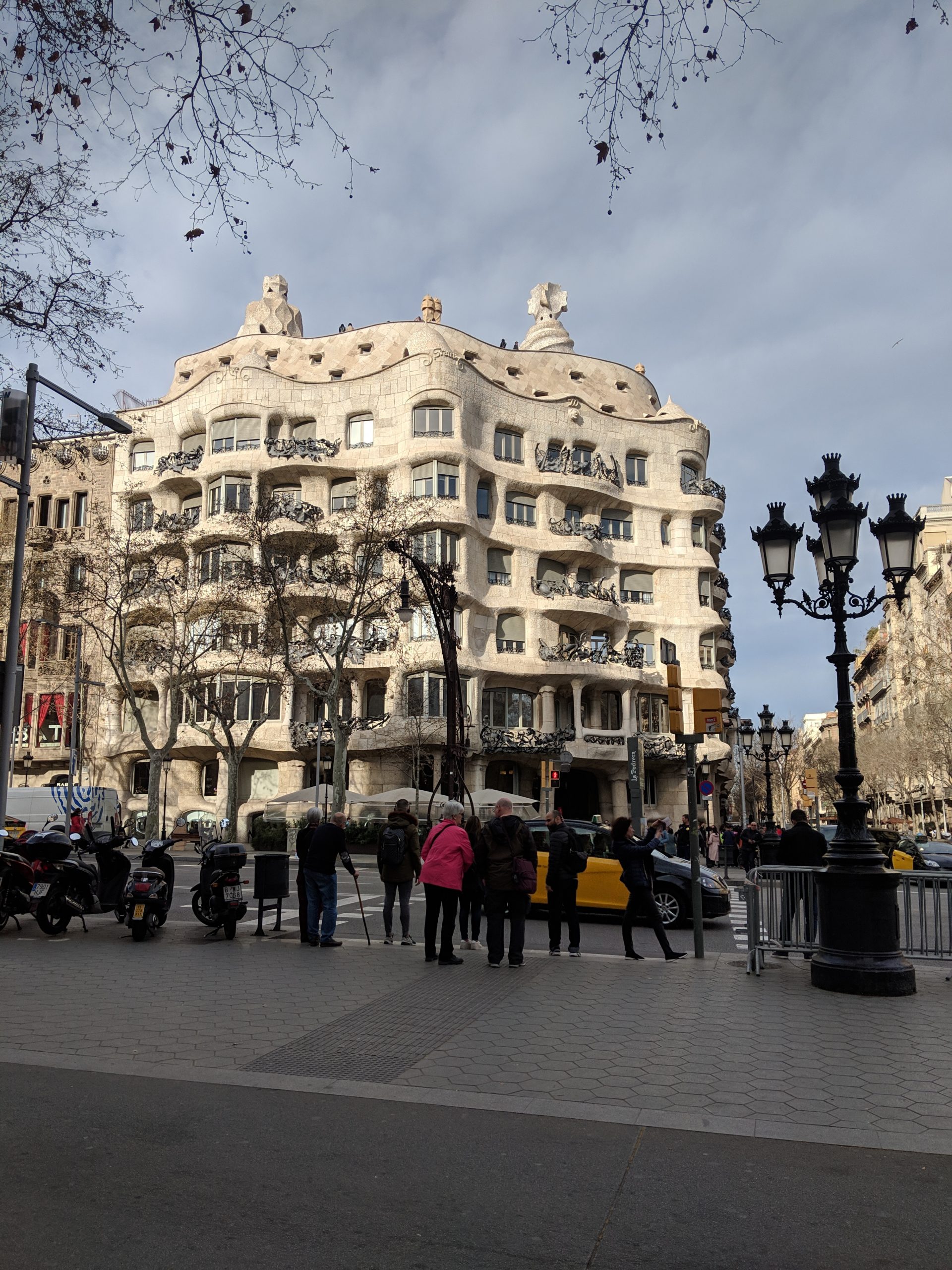
When walking along Passeig de Gràcia, Salvadore Dali’s architecture is easy to spot. You walk right by La Pedrera.
Las Ramblas
Back in Barcelona, we walked along Las Ramblas, a .75 mile-long tree-lined pedestrian street that leads out from the Plaça de Catalunya in the heart of the city and travels along the edge of Barcelona’s Gothic Quarter, or Barri Gòtic. The Gothic Quarter is a maze of narrow cobblestone streets, small storefronts and well-preserved buildings hundreds of years old coexisting with some newer 19th century brick buildings. In general, in Europe, be prepared to do more walking than most Americans are used to.
Antoni Gaudí’s Architecture In Barcelona
The Catalan architect Antoni Gaudí’s name is synonymous with Barcelona, the city where he spent most of his life. Construction on the most famous site in all of Barcelona, La Sagrada Familia, began in 1882, when Gaudí was only 30. The church is still unfinished, and construction continues all day long with a mind-boggling system of workers using ropes and pulleys and cranes. La Pedrera, also known as Casa Mila, is located on the Passeig de Gràcia, one of the most important avenues in Barcelona. The Passeig de Gràcia is where you’ll find the most expensive shops (high-end brands) and also the highest concentration of modernista/Art Nouveau buildings in the city. The public can walk around the outside of Gaudí’s iconic buildings, but if you want a tour, I recommend purchasing the tickets in advance to avoid very long lines.
Art, even in the form of graffiti, is common all over Barcelona. American pop artist Roy Lichtenstein created El Cap de Barcelona (The Face or Head of Barcelona, in English), for the 1992 Summer Olympics which were held in Barcelona. The Olympic Park can still be visited on the hill called Montjuïc, or “Jewish Mountain,” so-named because of Jewish graves found there. Also on Montjuïc is a botanical garden; a museum devoted to Joan Miró (pronounced JO-an), a Spanish painter, sculptor and ceramicist born in Barcelona; and the Palau Nacional (Catalan for National Palace) which was the main site of the 1929 International Exhibition and since 1934, home to the National Art Museum of Catalonia.
Church of the Sacred Heart of Jesus
Opposite Montjuïc is Tibidabo, a 1,680-square-foot mountain overlooking Barcelona. On Tibidabo’s summit is an amusement park and the monumental neo-Gothic Church of the Sacred Heart of Jesus, accessed by two grand outdoor stairways, completed in 1961. We took a taxi to Tibidabo as sunset approached, and got to see the evening’s twilight enveloping the enormous bronze statue of Jesus at the top.
The Food
The food was one of the most satisfying aspects of our trip. I ordered a beer in a bar across the street from our apartment in L’Hospitalet and received an honest to goodness tapas. Along with my beer (the Spanish Estrella), the barkeep put down a plate with a slice of bread smeared with tomato with a piece of pork belly on top — at no additional charge. Everywhere you look are markets selling bread, fruits and vegetables or roasted meats to take home. Many bars and cafes have menus to order from, but many bars just have a case of small plates such as olives and bread, or cheese and cured ham, that are held together with toothpicks. You point to what you want and when you’re done, you are charged based on the number of toothpicks you have. The best meals we had were also the simplest: bread, cheese, cured ham, olives, nuts, thin slices of salami, and potatoes with a spicy mayonnaise sauce (called patatas bravas, which are ubiquitous, even in fast food places).
Pickpockets and Crime in Barcelona
We read numerous articles warning about pickpockets and crime in Barcelona, and I’m happy to report that we experienced nor did we see anything negative. If you’re drinking and walking down the street at 2 in the morning hugging strangers, you could reasonably expect to be taken advantage of, but if you are taking precautions by keeping your items secured, you should be fine. If you need to look at a map or dig into your backpack, step into a cafe (which truly are everywhere) or put your back against the wall so that no one can sneak up on you. We all kept passports and money in a zipper travel wallet which we wore around our neck. We never put our purses on the back of our chair. All basic stuff, and we were fine.
Our flight from Seattle to Amsterdam was passport controlled, meaning you had to show your passport to get on the plane. Once in Amsterdam, we had to wait in a long line to get our passport stamped. When officials saw that we had a fussy baby in a stroller, we were placed in a separate, much shorter queue, so don’t be afraid to ask for special consideration if you feel like you need it. When returning to Seattle, we had to go through an inconceivably long line to scan our passports at a computer kiosk, then wait in a new line for a human to check our passport, then pick up our baggage. At this point we had to go through security again with our bags and answer some questions about whether we were bringing back anything agricultural. This was the most unpleasant part of the trip, because we were “zonked” from being on planes for 12 hours already. But overall, it went fairly fast—and we all have two passport stamps to show for our efforts!
It has been said that traveling is the only thing we can buy that actually makes us richer, and I wholeheartedly agree! Getting out of the country for a few days and seeing how other people live, even if it stretches you out of your comfort zone a little bit, can actually lead to better health. A 2013 Stress in America survey conducted by the American Psychological Association found that vacations can help manage stress and negative emotions by removing us from environments and activities that are the sources of our stress. A 2002 study conducted by researchers at the University of Surrey in the UK found that simply planning for an upcoming trip was enough to boost happiness.
The thought of traveling, particularly when you’re facing a 10-hour flight, may seem overwhelming at first. But don’t let that stop you! Choose a small group trip so you have support, or start with someplace close by. Cruises and tour groups specifically for older people are well-prepared to handle special requests. Happy Traveling!

